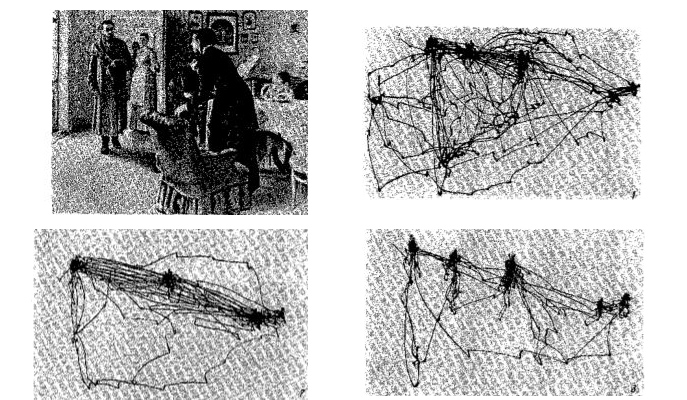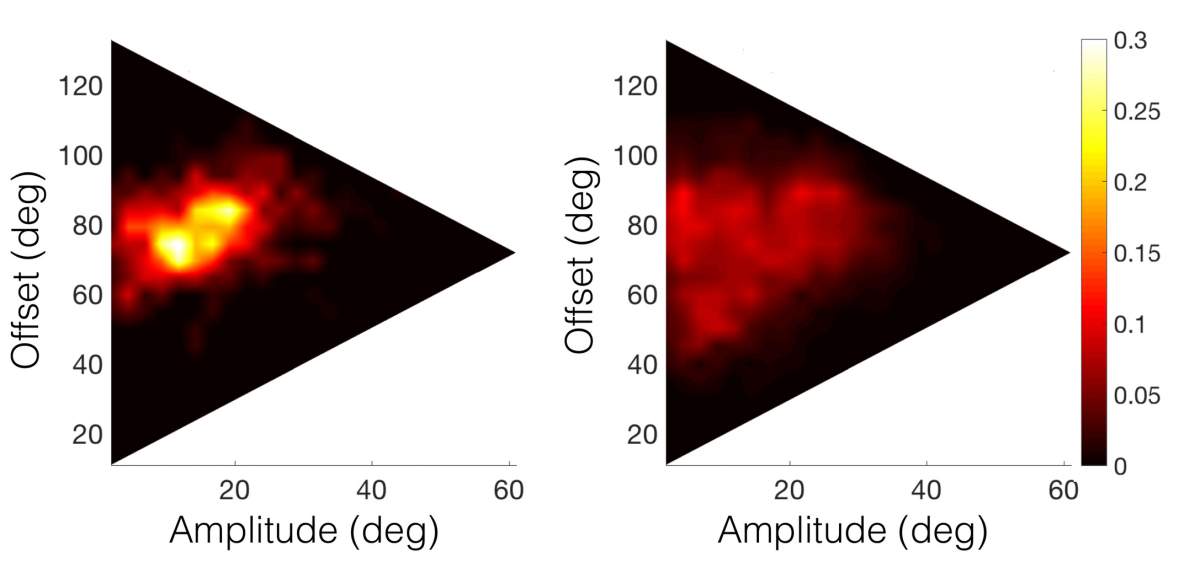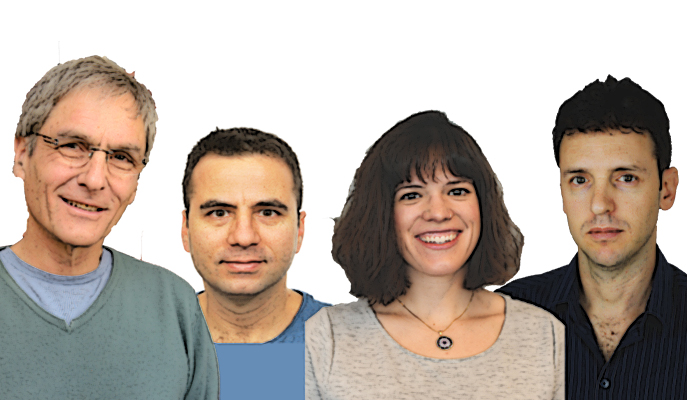Are you a journalist? Please sign up here for our press releases
Subscribe to our monthly newsletter:
Where do we turn our eyes, spread our fingers or tilt our ears? In classic experiments in the 1960s, Russian psychologist Alfred Yarbus tracked the pupil movements of subjects’ eyes as they looked at photos. He showed that we use these movements to “sample” the world; the context dictates where our eyes move. Subjects asked to estimate the age of people in photographs used their eyes to scan faces and hands, while questions about economic status prompted subjects to instinctively turn their visual attention to clothing and jewelry. Rats also direct their sensory organs in a context-dependent manner, according to new research from the Weizmann Institute of Science. Not only did the researchers find that rats moved their whiskers differently in different situations, they discovered these movements contained clues as to the next direction the rat would turn its head.

Dr. Avner Wallach, a former postdoctoral researcher in the lab of Prof. Ehud Ahissar of the Neurobiology Department, started this research with a completely different aim. Hoping to understand how individual whisker movements are encoded in the brain, he developed a system for mimicking natural whisker movements in anaesthetized rats. To do this, he first needed to know what natural whisker movements look like. While investigating the literature and existing data, including previous research in the Ahissar Lab, he turned up a puzzling discrepancy. “The way a rat moves its whiskers seemed to be tied to its situation,” says Wallach. “Some of the rats in these experiments were allowed to roam freely, but, as is often the case in this type of experiment, others were immobilized – either their bodies or their heads – and whiskers were sometimes trimmed so the movements of the remaining whiskers could be easily tracked.”
Wallach teamed with two graduate students in the Ahissar Lab at the time, Dr. Tess Baker Oram and Dr. David Deutsch, to better understand the raw data and to map different parameters of whisker motion (such as direction, speed and range). To what extent were these modulated by the combination of physical constrain and spatial attention? They found that when the rats were free to move around, their whisking motions tended to be relatively small and the whiskers pointed forward most of the time. Around 70% of the whisker motion was slow and forward, while just 30% was faster and directed backwards.

Pointing whiskers forward indeed seems natural for a rat exploring the space in front of its head in the dark, but the researchers noticed something more – they could predict where the rat’s head was about to turn by looking for another sort of rapid, mid-whisk twitch called a pump. “Previous research in Ahissar’s lab, conducted by Deutsch, Oram and Dr. Dana Sherman had characterized how rats twitch their whiskers when they locate an object,” says Wallach. “And work from another group found that this pump also occurs in midair, without any contact with an object. This pump was thought to be a mechanism for modulating and adjusting the movement. It was only by looking at whisking motion at high resolution we found it is probably a part of the spatial attention circuit of the rat, and that is why it tells us where its head is going.”

When the rats were not moving – either by choice or due to constraint – their whisking behavior changed completely. The range of motion of the whiskers was much broader and the amount of time dedicated to forward and backward whisking was roughly equal – as was the rate of pumps in each direction. The researchers believe that the rats may ‘diversify’ the sweeps of their whiskers to compensate for the loss of freedom of movement when they cannot turn their heads. That finding may provide a solution to a long-standing riddle in the scientific literature on whisking. Experiments in which the rats’ brain activity was recorded during whisking suggest a great number of brain cells encoding backward movement. “Our analysis shows that the constraints used to keep a rat’s head still for the experiments could be causing the rat to sample the world in a different way,” says Wallach.
The rats may ‘diversify’ the sweeps of their whiskers to compensate for the loss of freedom of movement when they cannot turn their heads
Like Yarbus’ experiments, and in contrast with most research into sensory perception today, the present study was purely behavioral. No brain activity was measured. Both studies reveal that sensing and moving are not two steps to a linear system – stimulus and motor response – but rather a closed circuit that has no beginning or end point, in which external “reality” and internal context go hand in hand to shape experience and perception. For Wallach, one of the main implications of this research is that experimental conditions dictate results, sometimes in unintended ways: “The setup of an experiment affects the animals and how they perceive the world around them, and the conditions may propagate down to the level of individual brain cells,” he says.
Prof. Ehud Ahissar's research is supported by the Irving B. Harris Fund for New Directions in Brain Research. Prof. Ahissar is the incumbent of the Helen Diller Family Professorial Chair in Neurobiology.